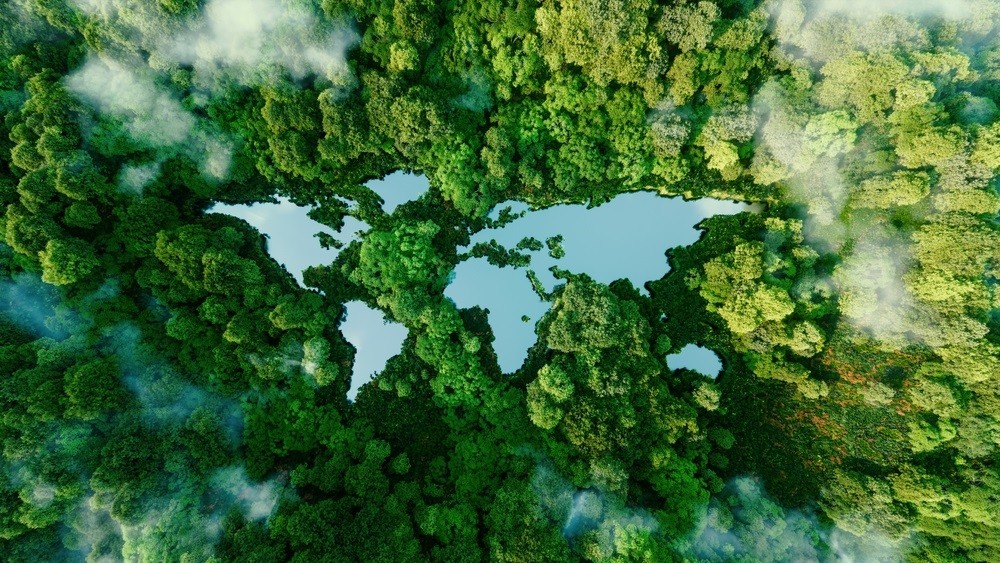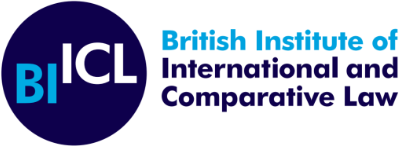
1. Causes of Action
B. Human Rights Law
3. RELEVANT DEFINITIONS AND ESSENTIAL ELEMENTS
Human rights are universal and inalienable rights that are inherent to all human beings, 'regardless of nationality, sex, national or ethnic origin, colour, religion, language, or any other status'.[1] Enshrined in various legal documents at the international, regional, and domestic levels, '[h]uman rights law obliges governments (principally) and other duty-bearers to respect, promote, protect and fulfil all human rights'.[2] In concrete,
[h]uman rights are expressed in terms of principles and norms related to human dignity. They establish legal entitlements and obligations. Wherever there is a right, there is a corresponding duty to fulfil that right. Every particular right, therefore, entails the existence of those who hold the legal entitlement to it (the 'right-holders' or 'claimholders') and those who are under a duty to take appropriate measures to uphold the right (the 'duty-bearers'). Such measures may be in the form of action that the duty-bearer should take — for example, passing legislation to help ensure a healthy environment or decent conditions of work — or action that the duty-bearer should not take, such as permitting the use of torture or denying access to education on grounds of race or gender.[3]
In the context of corporate climate litigation, the establishment of corporations as duty-bearers faces difficulties due to the vertical nature of human rights, meaning that the legal entitlements and obligations apply in the relation between State and individual, and not between individual and corporation. For example, the national reports of India, Germany, and the Netherlands have distinguished climate litigation into vertical and horizontal climate actions. Vertical climate actions are concerned with the relationship between private individuals and the State as it aims to address questions pertaining to State policy and climate change. Horizontal climate actions are concerned with actions brought by individuals against companies, holding them accountable for their emissions and pollutant impacts on climate change. Because of the vertical effect of human rights,
[a]t present, the international human rights responsibilities of corporations are limited to soft law instruments, specifically the [United Nations Guiding Principles on Business and Human Rights (UNGPs)] and the closely aligned [Organisation for Economic Co-operation and Development (OECD)] Guidelines for Multinational Enterprises. Soft law can be a powerful instrument in situations of geopolitical tension and doctrinal disagreement, facilitating the development of norms that might eventually consolidate into hard law 'if, over time, its principles become widely accepted and it is evident States are treating them as legal obligations'.[4]
These soft law instruments have been used in corporate climate litigation as the basis of corporations' human rights due diligence. In general, human rights due diligence responsibilities can 'entail the creation of processes through which companies themselves manage their potential and actual adverse human rights and environmental impacts'.[5]
To use human rights and human rights due diligence as a cause of action in corporate climate litigation, the following essential components/elements must be considered.
1) Existence of Relevant Legal Provisions
Determine whether the legal system under consideration incorporates human rights provisions, such as international human rights conventions, constitutional provisions, or legislative enactments that recognise and protect human rights relevant to the impacts of climate change.
2) Direct and Personal Impact for the Claimant
Establish evidence of specific climate change impacts on the claimant's human rights. This involves demonstrating how the actions or omissions of the defendant (corporation) directly and personally affect the claimant and result in the violation or threat to their human rights.
3) Insufficient Action by the Defendant
Present proof that the defendant failed to take sufficient action to prevent or mitigate the human rights impacts of their operations. This can be based on factors such as the gravity of the harm caused, the defendant's knowledge of the harm, and the continuous and wilful reiteration of the harmful activity. The claimant must demonstrate that the defendant had the means and ability to take reasonable measures to prevent or minimise the adverse human rights impacts but failed to do so, indicating a breach of their responsibility to respect and protect human rights.
4) Causal Link/Chain
Establish a causal connection between the defendant's actions or inactions and the impacts of climate change, which in turn affect the claimant's human rights. This requires demonstrating that the defendant's conduct significantly contributes to climate change and that there is a clear and foreseeable link between climate change and the violation of human rights.
These are the components in a climate change case against corporations, based on which the claimant can build the argument that their human rights have been violated as a result of the defendant's actions or inactions contributing to climate change. Gathering compelling evidence and expert opinions supporting each element will strengthen the claimant's case in holding corporations accountable for their role in climate change and its impact on human rights.
[1] United Nations Human Rights Office of the High Commissioner (OHCHR), 'What are human rights?' (ohchr.org) <https://www.ohchr.org/en/what-are-human-rights > accessed 4 October 2023
[2] OHCHR, 'Understanding Human Rights and Climate Change' (Submission of the OHCHR to the 21st Conference of the Parties to the United Nations Framework Convention on Climate Change) <https://www.ohchr.org/sites/default/files/Documents/Issues/ClimateChange/COP21.pdf>
[4] Chiara Macchi and Josephine van Zeben, 'Business and human rights implications of climate change litigation: Milieudefensie et al v Royal Dutch Shell' (2021) 20 Review of European, Comparative & International Environmental Law 409, 412; Kumaravadivel Guruparan and Jennifer Zerk, 'Influence of soft law grows in international governance' (chathamhouse.org, 17 June 2021) <https://www.chathamhouse.org/2021/06/influence-soft-law-grows-international-governance> accessed 1 November 2023.
[5] Mikko Rajavuori, Annalisa Savaresi, and Harro van Asselt, 'Mandatory due diligence laws and climate change litigation: Bridging the corporate climate accountability gap?' (2023) Regulation & Governance 1, 3.
